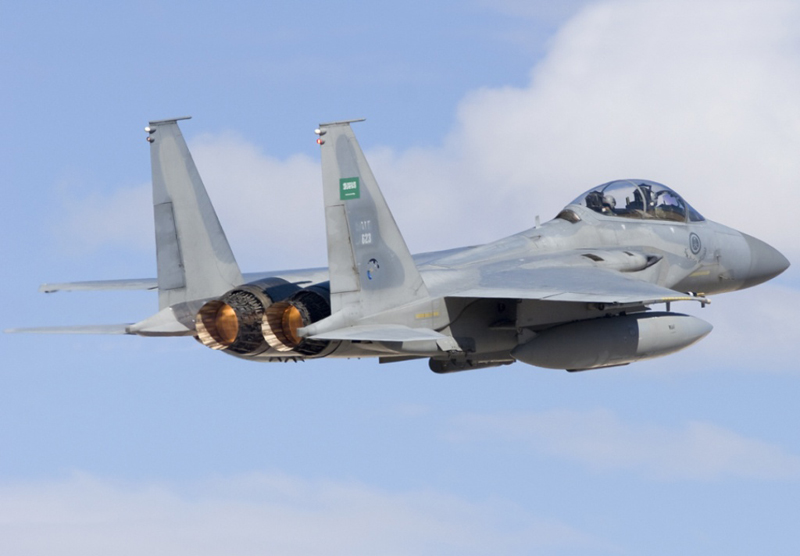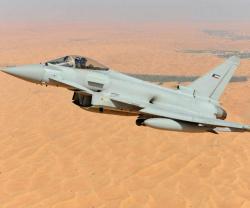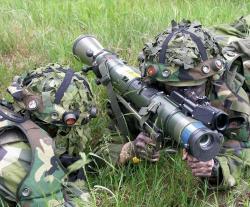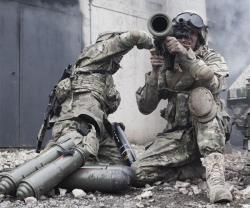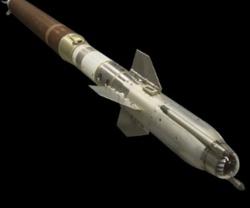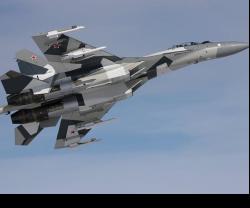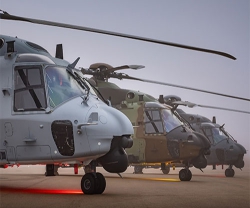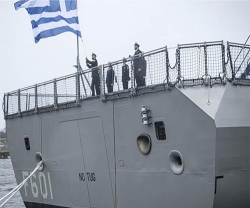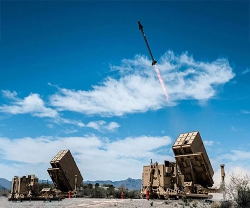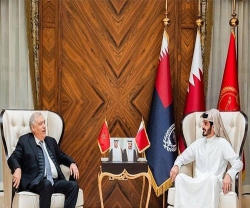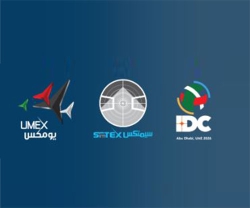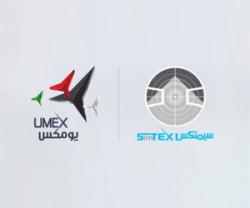Foreign arms sales by the United States jumped by almost $10 billion in 2014, about 35%, even as the global weapons market remained flat and competition among suppliers increased, a new congressional study has found.
American weapons receipts rose to $36.2 billion in 2014 from $26.7 billion the year before, bolstered by multibillion-dollar agreements with Qatar, Saudi Arabia and South Korea. Those deals and others ensured that the United States remained the single largest provider of arms around the world last year, controlling just over 50% of the market.
Russia followed the United States as the top weapons supplier, completing $10.2 billion in sales, compared with $10.3 billion in 2013. Sweden was third, with roughly $5.5 billion in sales, followed by France with $4.4 billion and China with $2.2 billion.
South Korea, a key American ally, was the world’s top weapons buyer in 2014, completing $7.8 billion in contracts. It has faced continued tensions with neighboring North Korea in recent years over the North’s nuclear weapons program and other provocations. The bulk of South Korea’s purchases, worth more than $7 billion, were made with the United States and included transport helicopters and related support, as well as advanced unmanned aerial surveillance vehicles.
Iraq followed South Korea, with $7.3 billion in purchases intended to build up its military in the wake of the American troop withdrawal there.
Brazil, another developing nation building its military force, was third with $6.5 billion worth of purchase agreements, primarily for Swedish aircraft.
The report to Congress found that total global arms sales rose slightly in 2014 to $71.8 billion, from $70.1 billion in 2013. Despite that increase, the report concluded that “the international arms market is not likely growing over all,” because of “the weakened state of the global economy.”
It was the second successive year that global sales remained steady, suggesting that the market has begun to level off after several years of extreme fluctuation.
The lack of market expansion has led to greater competition among suppliers. Some arms producers have adopted measures like flexible financing, counter-trade guarantees and coproduction and co-assembly agreements to try to secure sales, according to the report.
“A number of weapons-exporting nations are focusing not only on the clients with which they have held historic competitive advantages due to well-established military-support relationships, but also on potential new clients in countries and regions where they have not been traditional arms suppliers,” the author of the report, Catherine A. Theohary, wrote.
Despite the competition, the report concluded that, given its positioning, the United States was likely to remain the dominant supplier of arms to developing nations in coming years.
The annual report by the Congressional Research Service, a division of the Library of Congress, was delivered to Congress this week and analyzes trends in arms sales between 2007 and 2014.
As in previous years, the vast majority of arms were supplied by large, established countries to developing ones, which made $61.8 billion in total purchases in 2014.
The report is considered among the most detailed non classified international arms sales data available to the public. To ensure that information is comparable to 2014 dollars, the report adjusts figures from previous years for inflation.
Photo: Royal Saudi Air Force F-15 Fighter Jet

